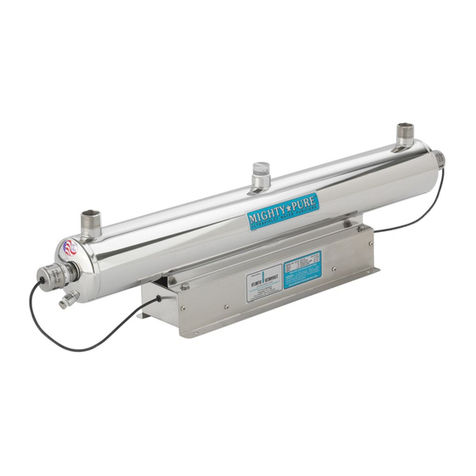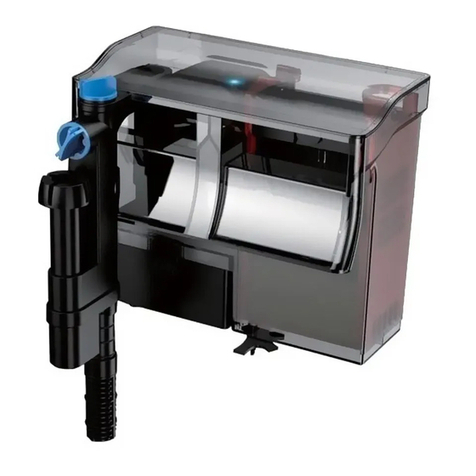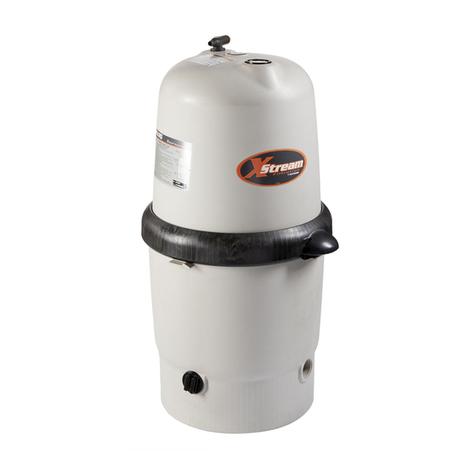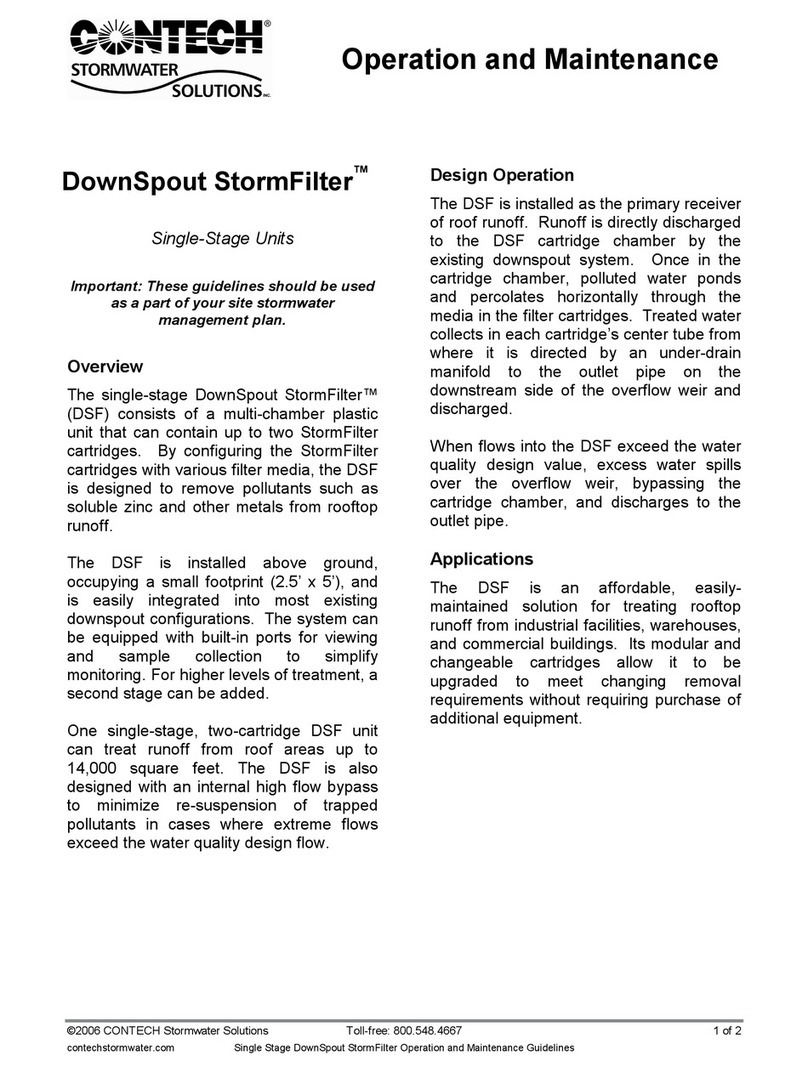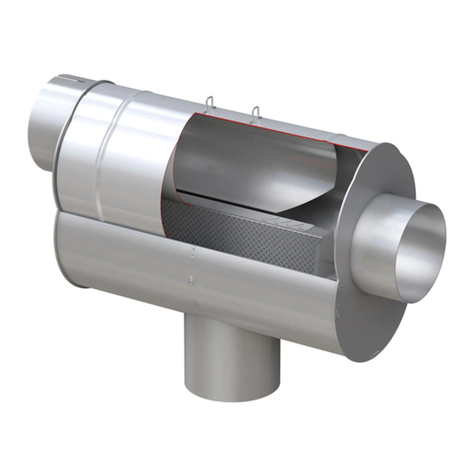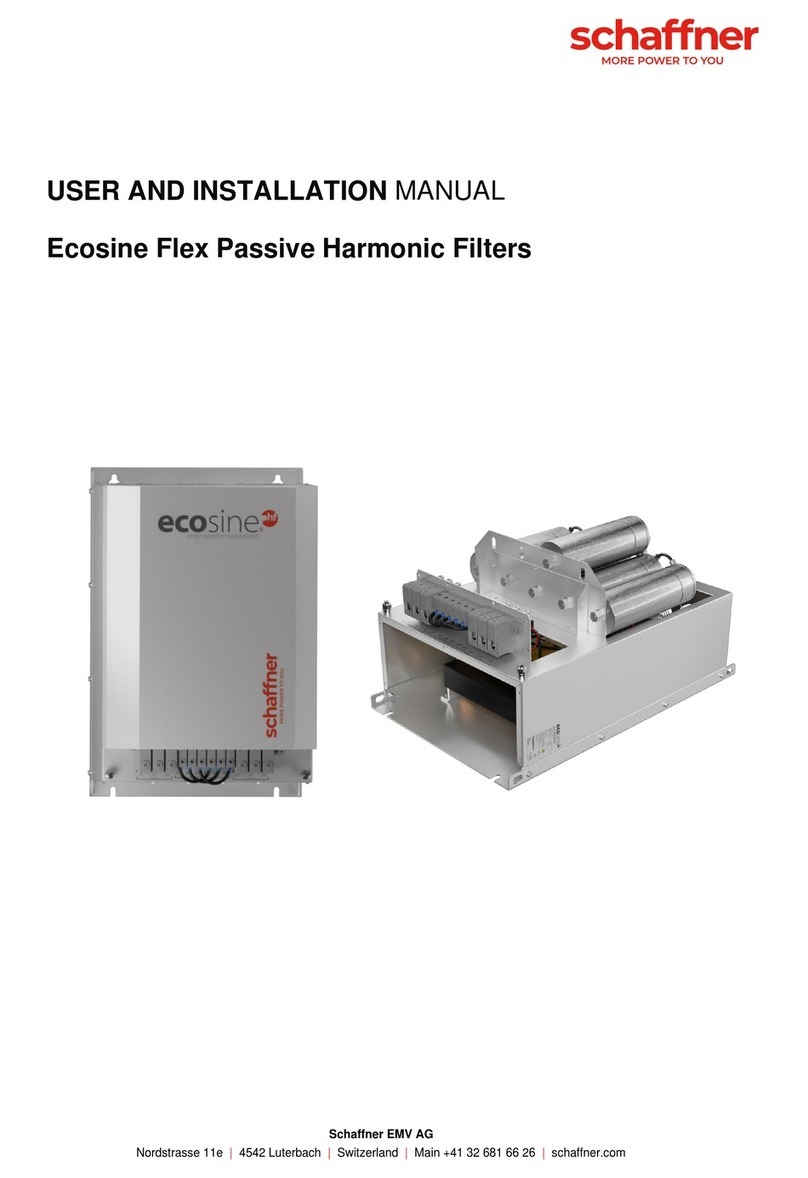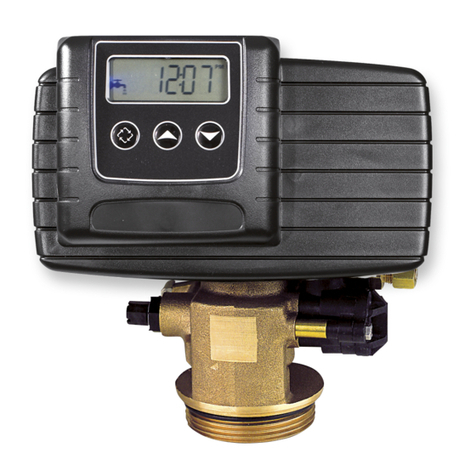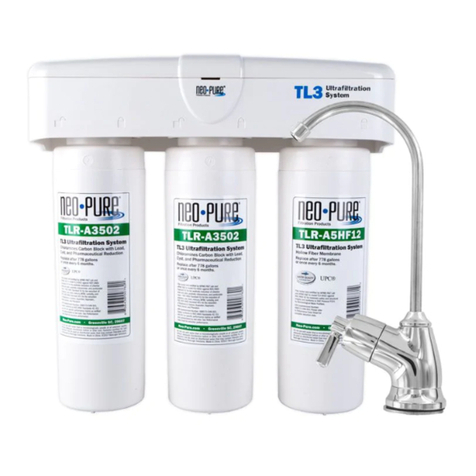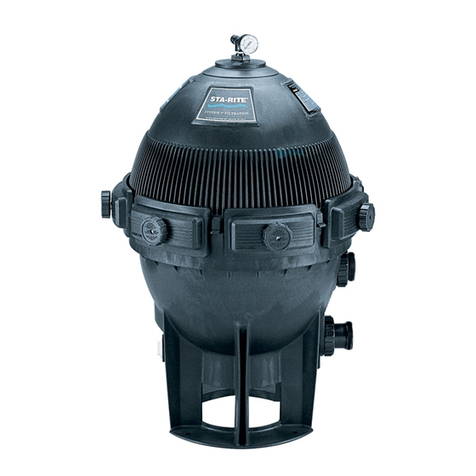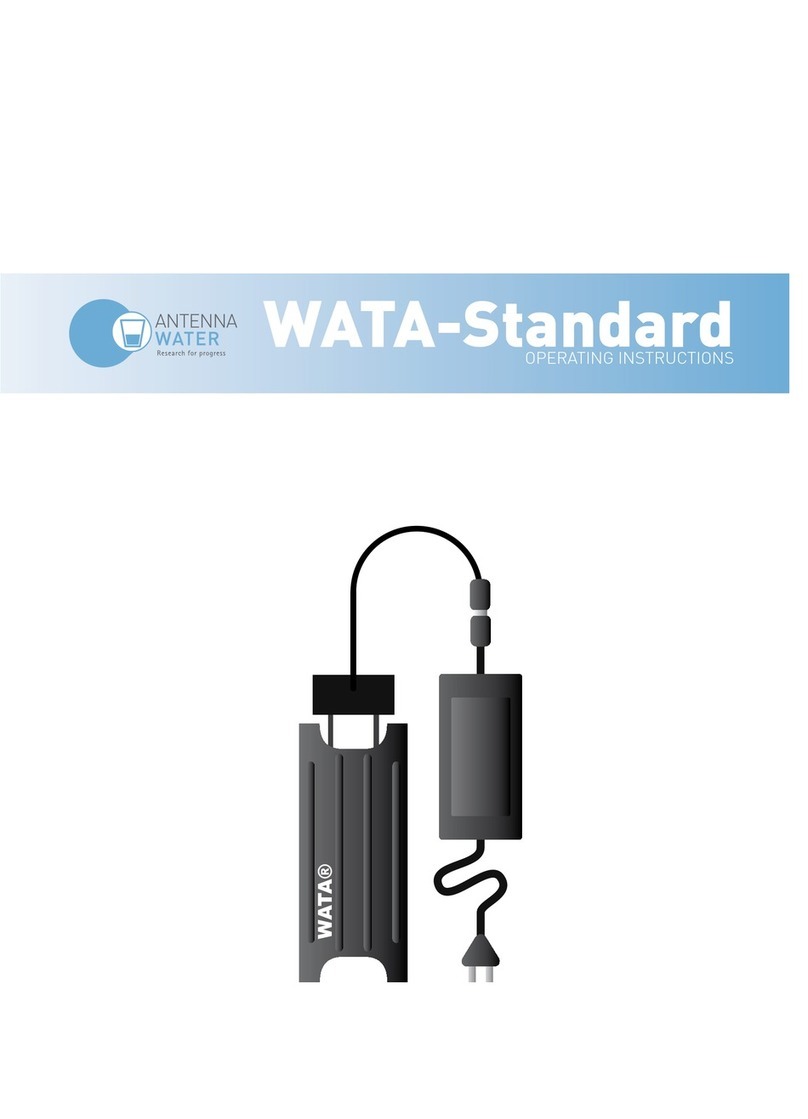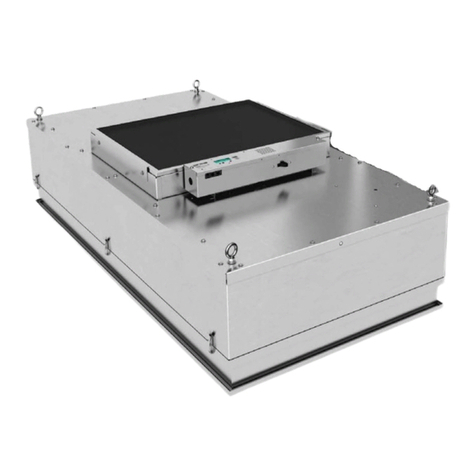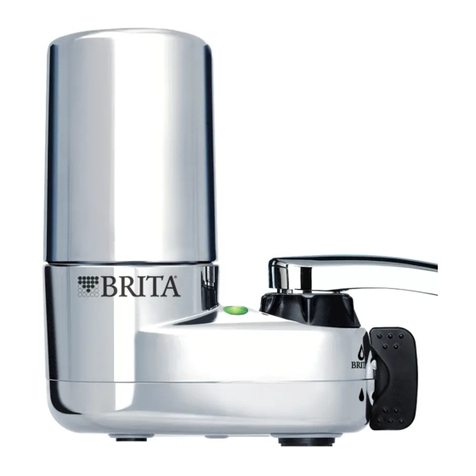ENG 15
Note: It is recommended that lter replacement is carried out by
qualied after-sales staff. Water quality has a great inuence on the life-cycle of
the lters. The lifespan of the RO membrane is affected by many factors. The table
above represents the lifespan of lters under standard conditions. In actual usage,
due to the fact that water quality may be different, the lifespan of the lters may
exceed or may be lower than the abovementioned estimates. This data is provided
for reference only. Under normal circumstances, if you witness the following
indications, you should consider replacing your lters:
• Poor water quality, taste declines, TDS value of water rises
TDS value of water;
• Water ow is signicantly reduced. Check to see if the lter or
membrane is blocked (determine that it was not caused
by a temperature drop);
• If the lter’s outer surface is covered in mud or the lter has
signicantly changed color;
• If serious lter clogging leads to no pure water ow from
the water purier.
Filter Replacement Method
• Replacement of the 1st and 3rd stage PP lters
First of all close the inlet water ball valve. Using the lter cartridge
wrench, unscrew the 1st and 3rd stage lter cartridges. Remove the old
lters and take the new lters out of their packaging. Finally place
the lters in the lter cartridges (Note: place the 5 micron PP lter
in the 1st stage lter cartridge, the CTO block carbon in the 3rd stage
lter cartridge), using the lter wrench, tighten the lter cover.
• Replacing the 2nd stage granular activated carbon lter
First of all, close the inlet water ball valve. Using the lter cartridge
wrench, unscrew the 2nd stage lter. Remove the old lter and take
the new lter out of its packaging (note: the rubber pad on the lter
does not need to be taken off). Place the lter inside the lter cartridge
(note: the granular activated carbon lter should be placed with the
rubber pad end directed up towards the lter covers). Finally, use
the wrench to tighten the lter cover.
• For replacement of membrane elements please see
“RO Membrane Installation”
Notes
• Notes before using replaced lters: After replacing the granular activated
carbon lter, you must rst ush out the machine in order to avoid
the activated carbon powder from the granular activated carbon lter
from owing into the third stage lter or even the RO membrane, which
may result in damage to lter and membrane components.
Perform the following steps:
- Turn off the water purier inlet water valve;
- Using the lter cartridge wrench, remove the water purier’s third
stage lter;
- Place a large container near the third lter cartridge cover to collect
the dark colored water;
- Open the inlet water valve, wait until the water is no longer dark;
- Close the inlet water valve, reinsert the third stage lter into the lter
cartridge, and screw it in tight.
Please ush the post-activated carbon lter for 1-2 minutes before using.
• Other considerations:
- RO membrane water production volume
The water output volume of the RO membrane component is
inuenced by inlet water pressure and water temperature.
Your equipment’s declared volume of 75GPD is tested under a net
pressure of 0.5MPa and inlet water temperature of 25C .
If net pressure is less than 0.5MPa or if the inlet water temperature is
less than 25C, water output volume of the RO membrane component
will be less than 75GPD.
- Storage tank capacity
The storage tank on your equipment has a stated capacity of 3.1G.
However this gure is its theoretical capacity and its actual storage
capacity is about 70%-80% of the stated value, which is 2.0-2.5G.
- Disposal of old lters
After replacing old lters, they cannot be cleaned and reused; it is
recommended that you dispose of them with solid waste garbage.
